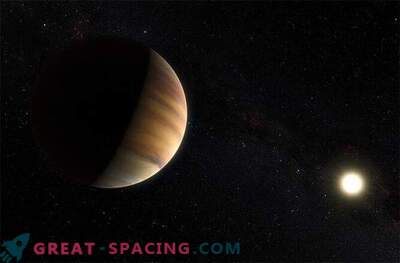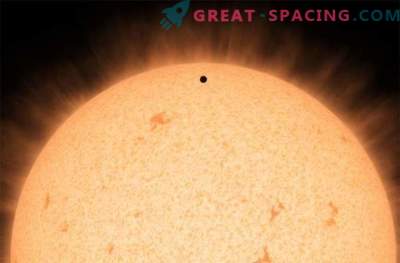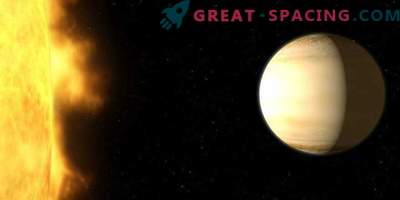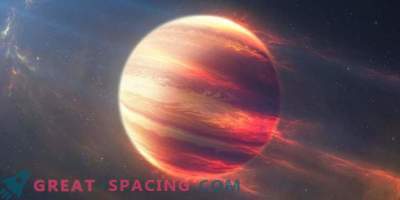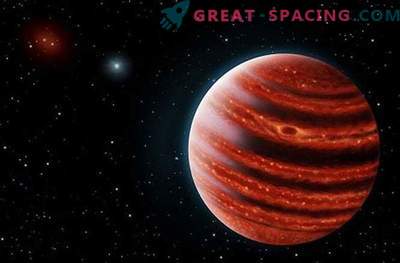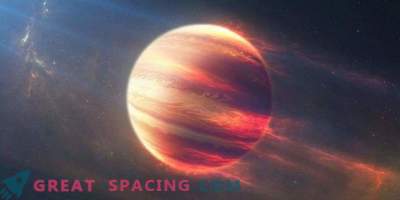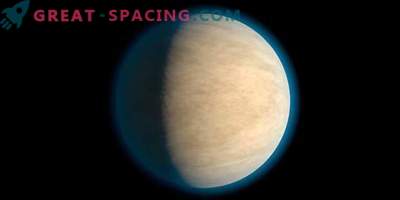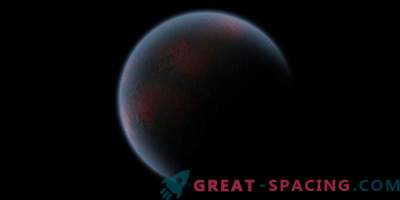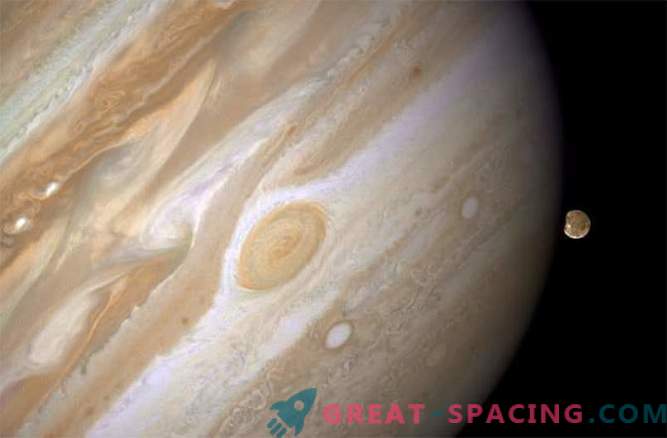
The huge size, unique chemical composition and the whole system of various satellites make Jupiter one of the most studied planets in the solar system. But despite this, Jupiter still harbors many secrets. New research suggests looking at the gas giant from a completely different perspective. Imagine yourself a foreigner living far beyond the solar system. How would you see Jupiter?
At first it may seem incomprehensible what exactly the team of astrophysicists from the Institute of Astrophysics of Tenerife (Canary Islands) does. In fact, researchers led by Pilar Montanes Rodriguez are studying the faint glow reflected from the surface of Jupiter’s largest satellite, Ganymede, while the planet passes between it and the sun.
When sunlight streams from Ganymede, some rays are filtered out and distributed in the atmosphere of a gas giant. This light is diffuse, and therefore can provide some information about the chemical composition of Jupiter’s atmosphere.
If we were in a nearby star system, we would see Jupiter passing in front of the Sun. Thanks to this, we could measure the diffused light of Jupiter and understand what substances this planet was made of. However, observing from the Earth, we will never see how Jupiter passes between us and the Sun, and therefore we are unable to study the diffused light penetrating through the upper layers of the atmosphere of Jupiter.
Indeed, the only atmospheric planet passing between the Sun and the Earth is Venus. However, the next transit of Venus can be expected no earlier than 2125. During partial eclipses, when Jupiter obstructs the flow of sunlight and does not allow it to fully fall on Ganymede, the Montanes-Rodriguez team was still able to detect faint light that penetrated the atmosphere of Jupiter and reflected from the satellite of the gas giants. In this case, Ganymede acted as a mirror in which you can see the features of Jupiter.
Using the Very Large Telescope (a complex of four separate 8, 2-meter optical telescopes) at the European Southern Observatory in Paranal (Chile) and the William Herschel telescope at the La Palma Observatory (Canary Islands, Spain), the researchers were able to conduct a detailed spectroscopic analysis of this reflected light and get a diagram of the composition of the atmosphere of Jupiter. And although Jupiter was already a fairly studied planet, a team of scientists made an unexpected discovery regarding the largest objects of the solar system.
The results of spectroscopic analysis contain data on the signs of water vapor in the atmosphere of a gas giant. This fact is very controversial, since it is commonly believed that the atmosphere of Jupiter contains very little water. However, this discovery suggests that comets brought particles of water vapor to Jupiter, which have not yet been detected.
At the same time, the key to the results of this study is to understand Jupiter as an exoplanet. As we know, the planet can be judged by its chemical composition and its atmospheric strata, so the researchers hope to use the light reflected from Ganymede (during an eclipse) to build a profile that gives an idea of the nature of sunlight scattered in the atmosphere of Jupiter. By comparing the parameters of Jupiter with transit exoplanets, we can better understand the structure of reflected and scattered light. “This ambitious idea nevertheless found its realization,” said astronomer Sarah Seager of the Massachusetts Institute of Technology in Cambridge.
However, this method allows you to study only the atmosphere of Jupiter. But the remaining phenomena remain unexplored. An example is the swirling clouds of ammonia, which can be clearly seen in infrared light. At the same time, it is only one of many methods that astronomers use in the process of studying and checking data on exoplanets.
In 2009, a team of scientists in collaboration with Enric Pell from the Institute of Astrophysics in the Canary Islands conducted a similar study of the Earth during a lunar eclipse. When the sun rose behind the earth, the researchers were able to measure the faint scattered sunlight, which was reflected from the surface of the moon. As a result, data were obtained on the chemical composition of our planet. In the future, it is planned to conduct similar studies of other planets in the solar system.
